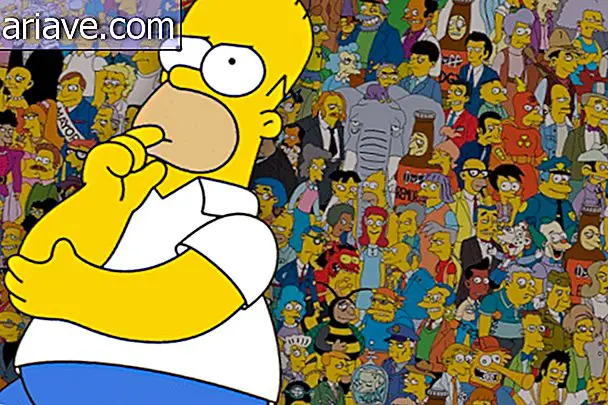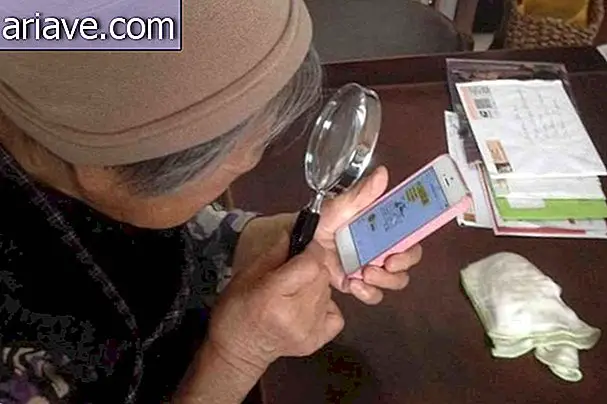How do scientists do to see the light? [video]
For any object to be visible, it must emit light directly or bounce off photons emitted by some source. But what about the light itself, how can you visualize it? The animation above, produced by the MinutePhysiscs YouTube channel, explains in a simple and fun way how scientists can “see” the light.
Light is an electromagnetic wave, and to be able to observe that wave, researchers must experiment. According to the animation, one of these procedures involves constructing a completely dark, sealed, shallow box with the interior covered by extremely bright mirrors that can cause the photons to bounce off its surface.
Atoms and paradoxes
Thus, to determine the presence of light, scientists send an atom overlapping two different atomic states through the box - as in the Schrӧdinger Cat paradox - and depending on how that particle appears on the other side, they can tell if Inside the sealed system there was light or not. To understand this process in the video, you can enable Portuguese subtitles in the menu.
Well, Schrӧdinger's Cat, in fact, has nothing to do with whether or not light can be seen. The cat does not exist, being a paradox developed by Austrian physicist Erwin Schrӧdinger in 1935. But if you want to know more about this crazy theory, check out the video below and watch Sheldon from The Big Bang Theory explain Penny's experiment on the physicist:
Sources: MinutePhysiscs and YouTube











